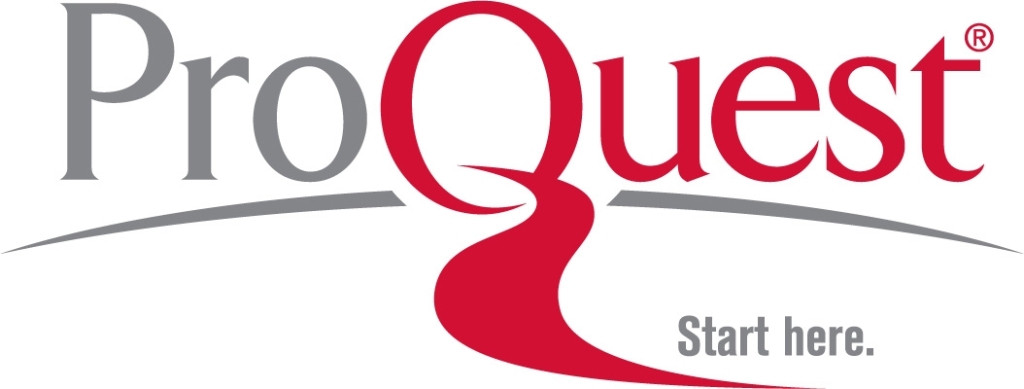ÖZ
Bilgisayarın sağladığı avantajları kullanarak, rasgele erişim ile öğrencinin etkileşimde bulunduğu metin üzerinde istediği bilgiye erişimini ve bilgiyi kendisi için anlamlı olacak şekilde düzenlenmesini sağlayan elektronik metin tasarımına hypertext denilmektedir. Hypermedya ise, hypertext’in ses, video grafikleri ve animasyon gibi etkileşim ortamlarını içeren kapsamlı bir sistemdir. Bir hypermedya sunuşunda sunulacak metin ise, hyperdoküman olarak nitelendirilmektedir. Hyperdoküman, bilgi birimleri ve bağlantılardan oluşmaktadır. Hypermedya sistemleri üç temel özellikten dolayı eğitim ve öğretim için büyük bir potansiyeldir. Bunlardan birincisi, çok büyük miktardaki bilgiyi ses ve görüntü özellikleri ile birlikte küçük bir alanda depolama, hızlı ve kolayca dağıtma olanağı sağlamaktadır. İkincisi, bireylere yoğun bir etkileşim kazandırmakta ve yüksek düzeyde kontrol olanağı vermektedir. Son olarak, öğretmen-öğrenci ilişkilerini geliştirmekte, etkili öğretme ve öğrenme sağlamaktadır. Hypermedya sistemleri, eğitsel değerinin yanında okur-yazarlık, öğrenme ortamı ve öğretim ortamı açısından bazı sorunlar göstermektedir. Buna rağmen, öğretim araçlarına büyük güç katmaktadır ve bireylere seçim özgürlüğü tanımaktadır.







